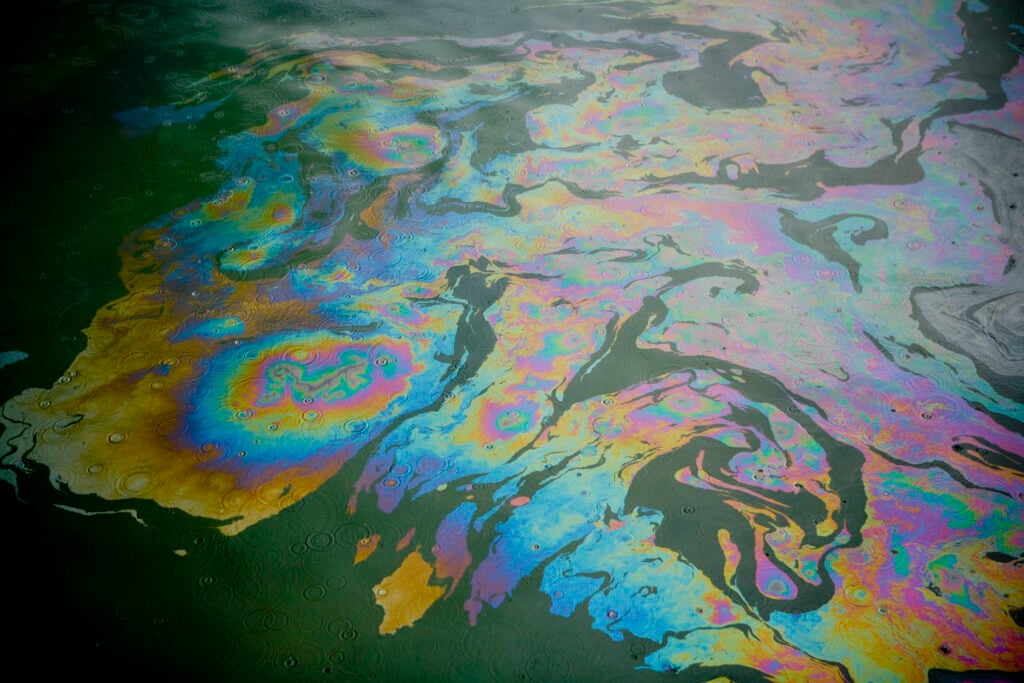Fuel contamination in private wells is a serious concern, especially for properties located near fuel storage tanks, gas stations, or industrial facilities. Leaks or spills can introduce harmful chemicals into the groundwater, posing significant health risks. In this article, we’ll explore why well water testing for fuel contamination is essential, what contaminants to check for, and how to protect your water supply.
How Fuel Contamination Affects Well Water Quality
Fuel contamination can impact well water quality in several ways:
- Groundwater Contamination: Fuel leaks or spills can seep into the soil and contaminate underground aquifers that supply your well.
- Volatile Organic Compounds (VOCs): Fuels contain VOCs like benzene, toluene, ethylbenzene, and xylene (BTEX), which are toxic and carcinogenic.
- Vapor Intrusion: VOCs can release toxic vapors that seep into the well or surrounding soil, posing inhalation risks.
- Long-Term Residues: Some fuel contaminants persist in the environment, posing long-term contamination risks even after cleanup.
When to Test Your Well Water for Fuel Contamination
To ensure safe drinking water, test your well water:
- Annually: If you live near gas stations, fuel storage tanks, or industrial facilities.
- After a Known Fuel Spill or Leak: To check for immediate contamination.
- If You Notice Changes in Water Quality: Unusual taste, smell (gasoline or chemical odor), or color may indicate contamination.
- During Property Transactions: When buying or selling property near potential fuel contamination sources.
Key Contaminants to Test For
Fuel contamination can introduce a range of toxic chemicals into well water. It’s essential to test for:
- Volatile Organic Compounds (VOCs): Including BTEX chemicals (benzene, toluene, ethylbenzene, and xylene), which are linked to cancer, liver, and kidney damage.
- Total Petroleum Hydrocarbons (TPH): A measure of petroleum-based contaminants in the water.
- MTBE (Methyl Tertiary Butyl Ether): A fuel additive that can cause taste and odor issues and is linked to cancer.
- Lead: Often found in older fuel storage systems and pipelines.
- pH Levels and Turbidity: Changes can indicate chemical reactions or sediment disturbances from fuel contamination.
How to Protect Your Well from Fuel Contamination
- Maintain a Safe Distance: Ensure your well is located far from fuel storage tanks, gas stations, and industrial facilities.
- Inspect and Maintain Storage Tanks: Regularly inspect any fuel storage tanks on your property for leaks and corrosion.
- Install a Well Cap and Seal: Secure the well cap and seal to prevent surface water intrusion.
- Use a Water Filtration System: Choose a filter designed to target VOCs, TPH, and other fuel contaminants.
What to Do If Contaminants Are Found
If your well water tests positive for harmful fuel contaminants:
- Stop Using the Water Immediately: Switch to bottled water for drinking, cooking, and bathing until the issue is resolved.
- Install a Water Filtration System: Choose a system designed to target the specific fuel contaminants found.
- Consult Environmental Authorities: Report the contamination to local environmental agencies for guidance and support.
- Retest the Water: After remediation, retest to ensure the water is safe for consumption.
Conclusion
Fuel contamination poses significant risks to private well water quality. By testing your well water for VOCs, TPH, MTBE, and other contaminants, you can take proactive measures to protect your family’s health and ensure safe drinking water.
Learn more about water testing services today.

